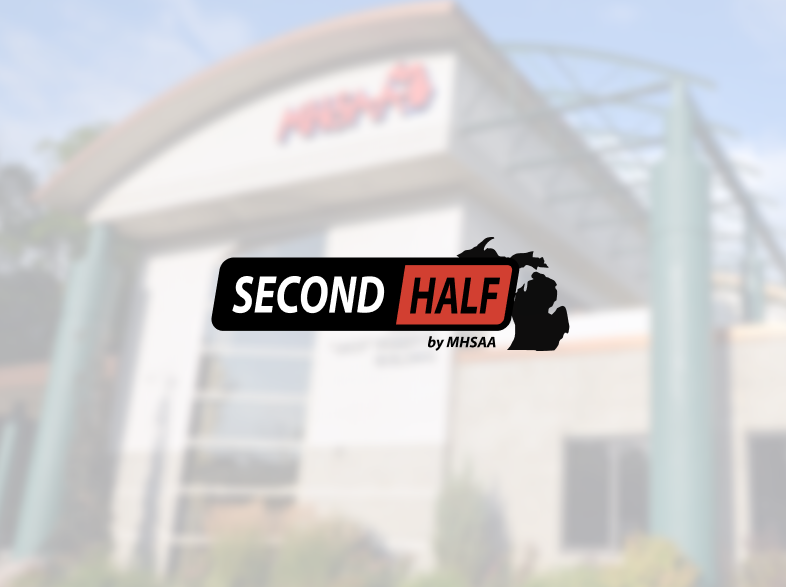
We Get It
November 4, 2011
Participation in high school sports, both nationally and in Michigan, increased in 2010-11 versus the year before. It was the 22nd consecutive year of increases nationally, according to the National Federation of State High School Associations.
The National Federation also conducted a first-of-its-kind attendance survey that tells us in 2009-10 that there were more than a half billion spectators at high school sporting events across the country. There were more than two and a half times as many fans attending high school basketball and football contests as attended college and professional contests combined in those sports.
We should be excited about our programs and encouraged by their historical popularity and continuing growth. But clearly, we are not. In fact, we are a discouraged bunch.
We are discouraged because, behind the good numbers that are reported, we see serious erosion – a subtle “slip-sliding away” of the principles and the popularity of school-based sports. In spite of the good numbers, we sense that all is not well in educational athletics.
In many places athletic directors are losing their full-time dedicated positions, which are essential to oversee a program of high participation, large crowds, great emotion and some risk of injury. In many places students are losing participation opportunities, which are essential components of a complete education necessary to prepare young people for the increasingly complicated and competitive world which they are about to enter.
We get it at the MHSAA. We know what’s happening. Not only do we get it, we also get the hundreds of calls from coaches who don’t have an athletic director available to answer their questions. And we get the hundreds and hundreds of calls from parents and others who can find neither a coach nor an athletic director available to address their concerns or answer their questions. Almost every time a school district dials down its oversight of the interscholastic athletic program, its constituents dial up the MHSAA to answer their questions and address their concerns.
Less money for and less oversight of school sports is a combination tailor-made for problems – for ineligible students and forfeits, for crowd control and sportsmanship problems, and for injuries; and in all cases, for the controversies that follow. There are smarter places to make cuts in our schools and still turn out smart kids.

Show of Hands
July 12, 2017
Four dozen years ago, my boss, the executive director of the National Federation of State High School Associations, expressed to me his disappointment that one of the characteristics of NFHS national meetings was the much too frequent “show of hands.” That is, someone from one state would rise to ask for a show of hands on a topic: “How many states do this? ... How many states don’t? ... How many do that?”
My mentor’s point was that the time would be much better spent on a qualitative analysis of the topic, rather than a quantitative one ... a discussion of the merits of a particular policy or procedure, rather than a head count.
His message to me is recalled every time a proposal comes to the Michigan High School Athletic Association to change this or that policy and is accompanied by the meager rationale that it’s what 25 or 35 or 45 other states might do. That stat holds only mild interest for me.
Before we do anything here to be like anybody elsewhere, we need to measure the pros and cons in our place and time ... how it fits our culture or our climate, for example.
When we consider change in the start or end of seasons; or the number of interscholastic scrimmages or contests in a day, week or season; or the number of exceptions to the transfer rule or the length of ineligibility when no exception applies; or the number of classes or divisions for tournaments; or the existence or extent of seeding for a tournament; when we consider any of these things in Michigan, we need much better rationale than a show of hands.

